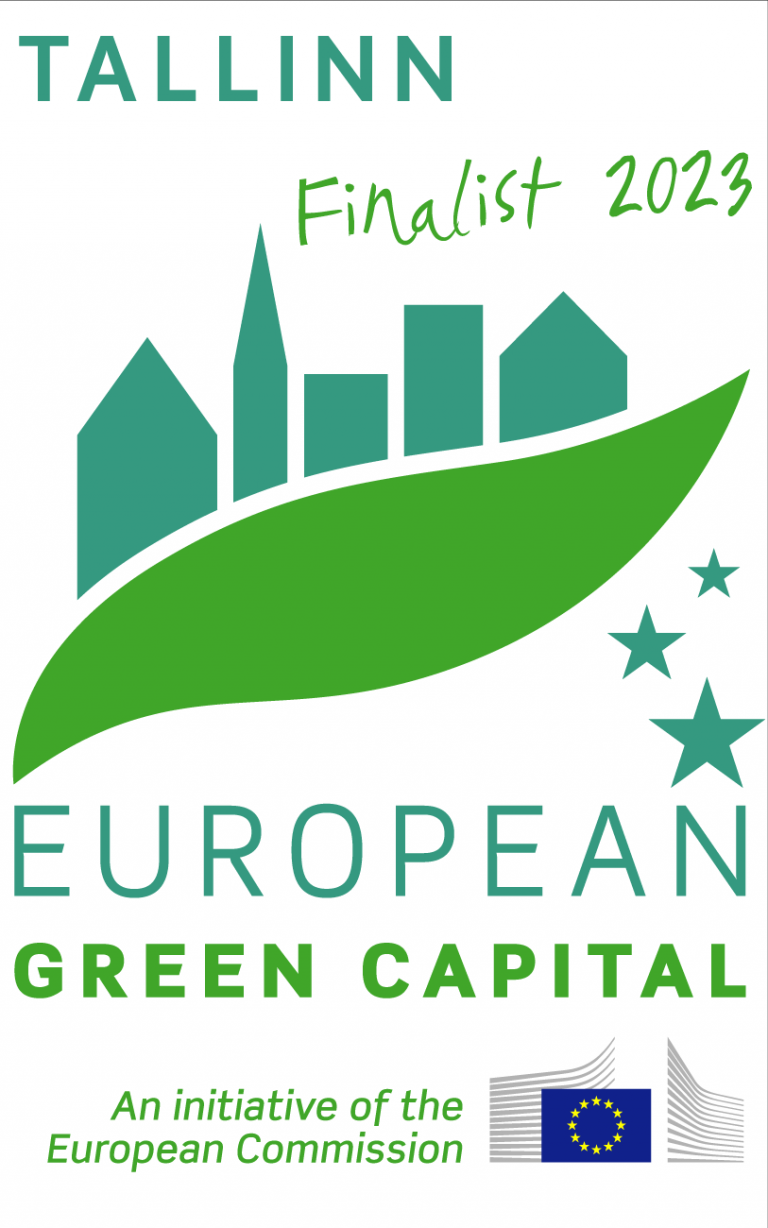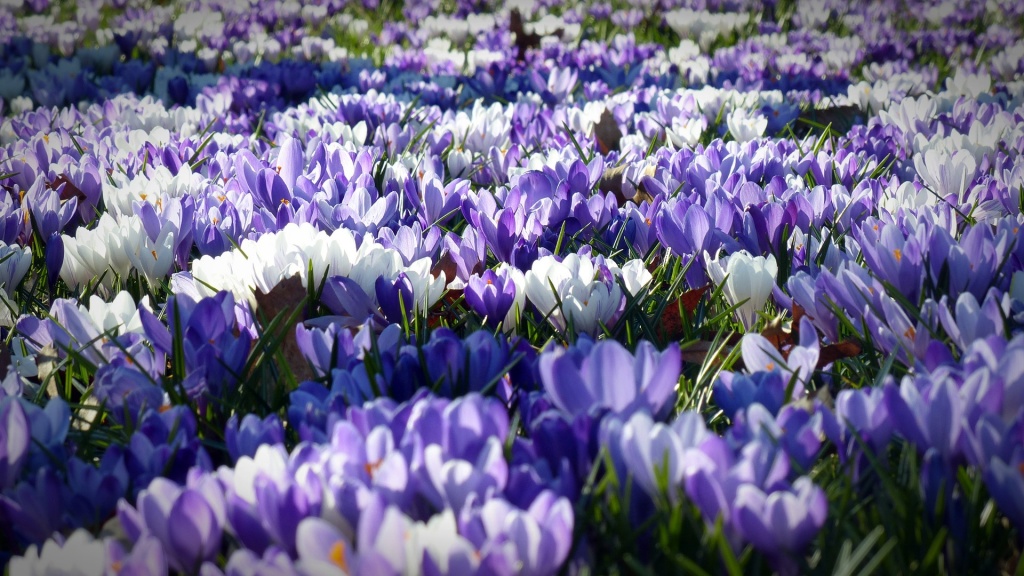The design procurement for a section of Pollinator Highway received two tenders
Two tenders were submitted for the Tallinn public procurement to find a designer for the Pollinator Highway linear park on the section between Ristiku Street and Kolde Boulevard.
According to Mayor Mihhail Kõlvart, the Pollinator Highway will become a biodiverse city-wide linear park, offering various connections of sustainable mobility in the public space and numerous opportunities for activities. “The Pollinator Highway is the largest green infrastructure project planned in Tallinn so far, which will create a 13-kilometer-long meadow-like green area, extending through six districts. The green area is intended to be used by both people and animals, especially insects who support the variety of species in the urban environment. In this way, the Pollinator Highway helps to maintain and improve the city’s biodiversity, which is also one of the goals of Tallinn as a green capital,” said Kõlvart.
In June this year, the City Council approved the Tallinn Climate Plan, which addresses, among other things, the impact of climate change on biodiversity and includes activities to increase biodiversity. The main emphasis of these activities is on maintaining the share of green areas and improving their coherence. It is also important to know what natural values exist in the city outside protected areas. The Tallinn Green Network as a whole improves the coherence of habitats, which ensures the movement of species between habitats. Habitat surveys of different species help to take better account of nature conservation principles in the preparation of general and detailed plans and construction projects.
The section to be designed covers almost one-fifth of the entire Pollinator Highway, which is located on Ristiku, Paavli and Sõle Streets and Kolde Boulevard.
The Pollinator Highway runs along the corridor of the former railway dam and overhead power line. When the high voltage electrical lines that have been in the air so far are connected to underground cables, the line corridors can be used as a city-wide park. The trail will run from Kopli cargo station to Stroomi beach and onwards to Nõmme district. It is part of a green corridor that runs through the city, connecting different districts, neighbourhoods, building areas and valuable green areas.
The project must be compiled on the basis of the landscape architectural solution of Pollinator Highway created by landscape architects of OÜ Kino and the plans of the Pelgulinn tram network and Paavli street network prepared by AS K-Projekt.
The Tallinn Urban Environment and Public Works Department announced the design procurement on July 20 and the deadline for tenders was last week.
Tallinn is one of the four finalists of the 2023 European Green Capital Competition. The other finalists are the city of Helsingborg in Sweden, Krakow in Poland and Sofia in Bulgaria. The winner of the title will be announced on September 9 in Lahti, Finland, which is the green capital of Europe this year.
Tallinn has set the goal of carrying out a green transition in all areas in order to create a green city with a better environment and urban space. The four strands of the green transition in Tallinn are improving the energy efficiency and indoor climate of buildings, reducing carbon emissions including by incentivizing people to choose means of mobility other than cars, preserving and increasing biological diversity in the city, and creating a circular economy that spans a reduction in the generation of waste, a more sustainable and efficient use of natural resources, recycling and reuse.


